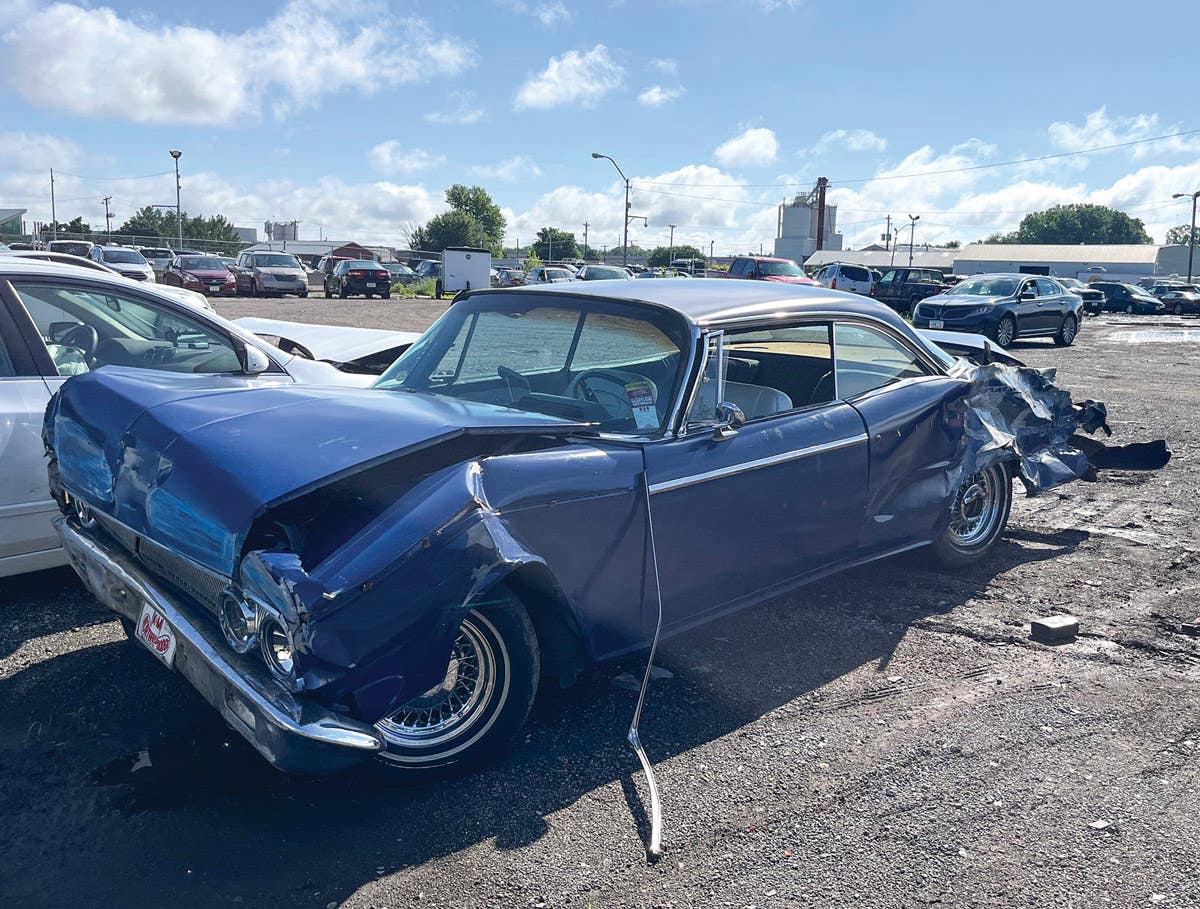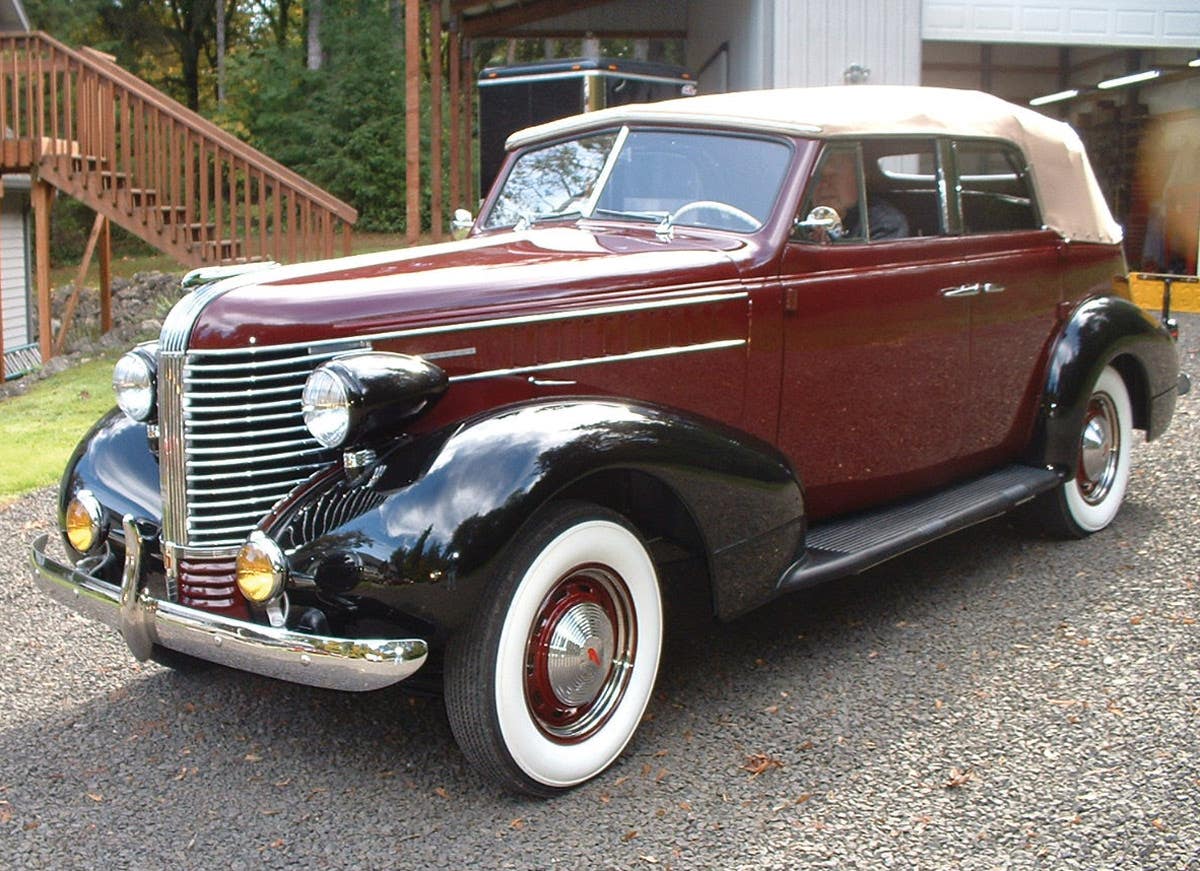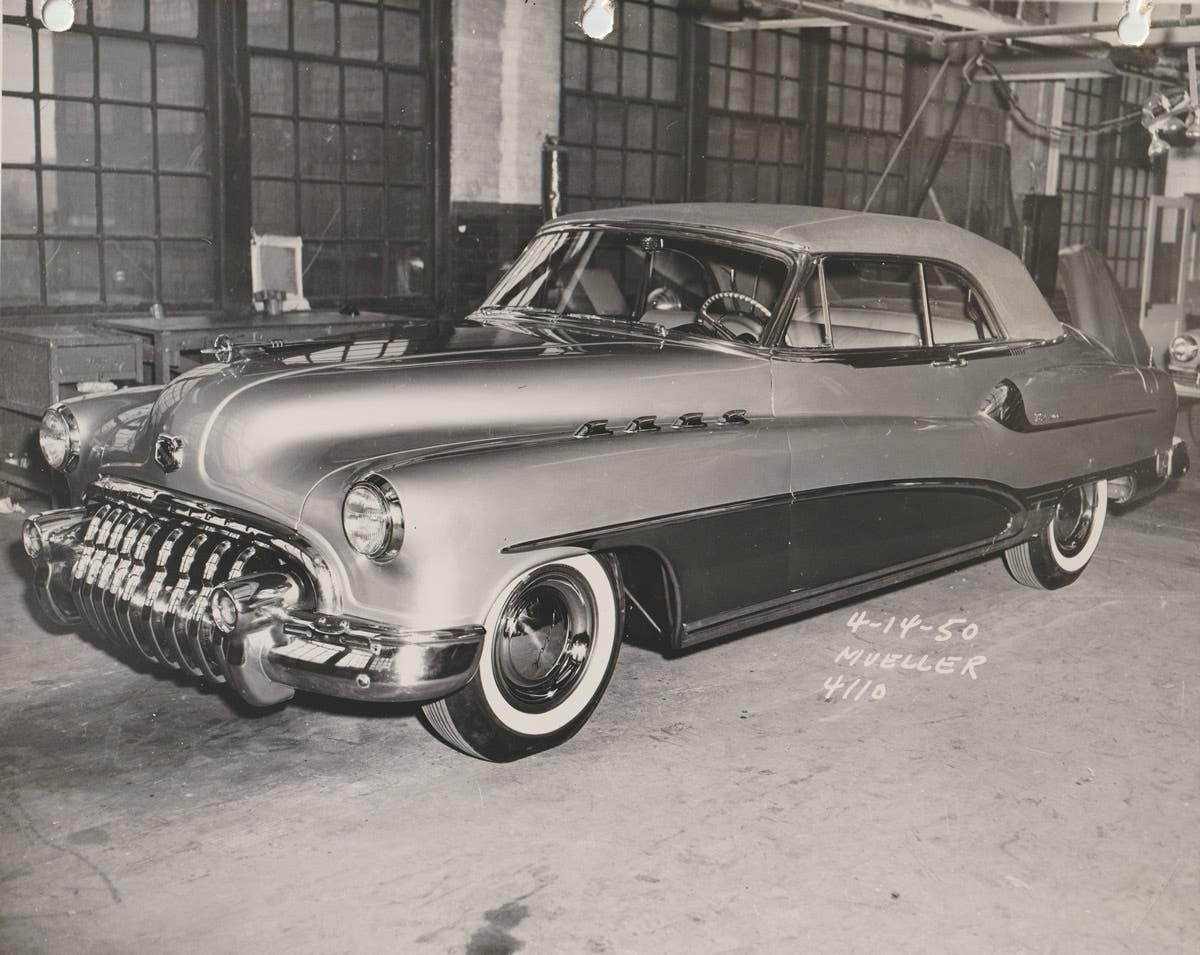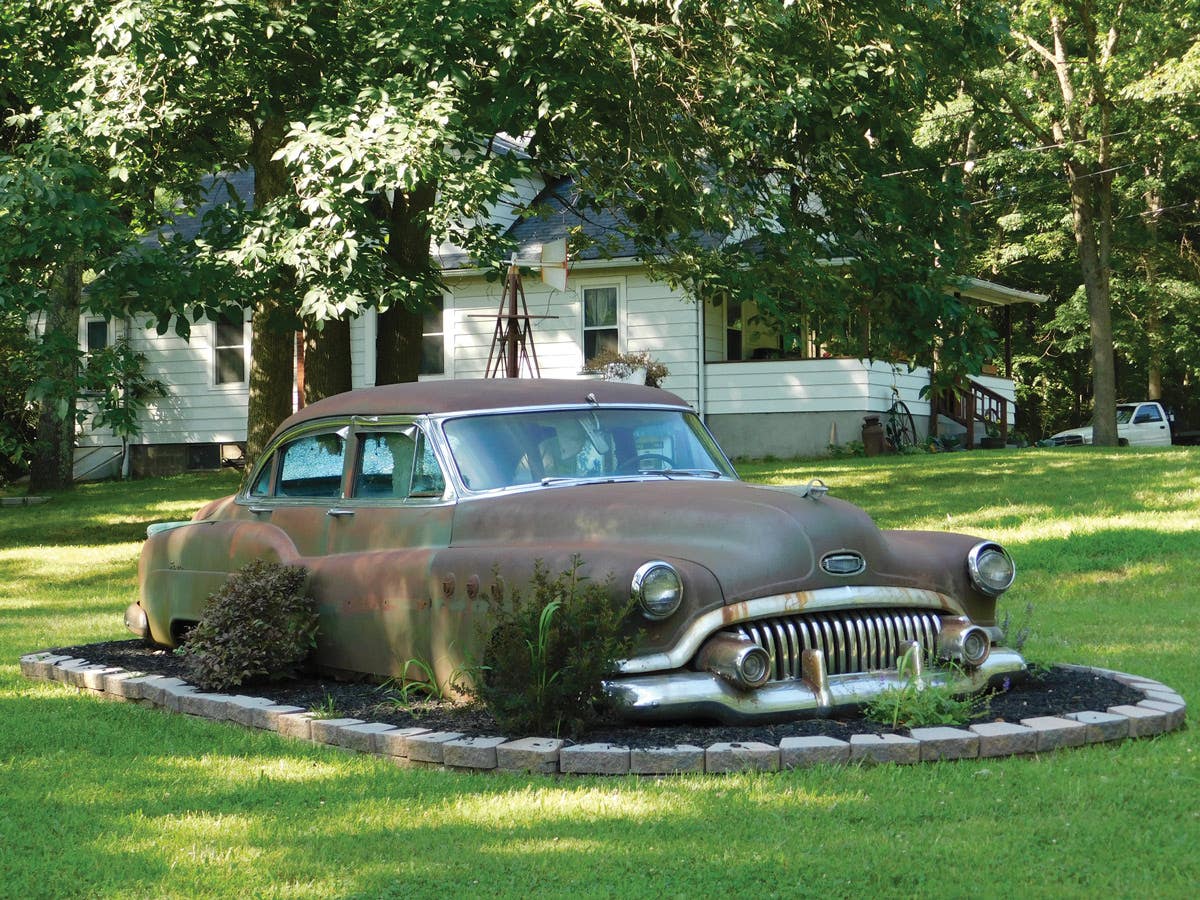Foreign Flashback: 1958 Humber Hawk
Never heard of a Humber Hawk? Don’t worry, you’re not alone.
Talk about a bounty of choice! During 1958, Americans could choose from a range of different Hawk-named automobiles available for purchase. They could stroll over to their local Studebaker/Packard dealer and put their money down on a new Studebaker Silver Hawk or the even more awesome Golden Hawk. And, if they wanted something a little out of the ordinary, they could opt for the new supercharged Packard Hawk. Anyone looking for something even more risqué or off the beaten path could put their dollars down on a shiny new Humber Hawk.
What’s that, you ask? Never heard of a Humber Hawk? Don’t worry, you’re not alone. Most Americans have never heard of it either, even though Humber is an old brand that was around for a great many years.
The founder of the company that produced Humber cars, Thomas Humber, began building bicycles in Great Britain in 1868. Although his company concentrated mainly on the bicycle business, including the new low-wheel “safety” bikes that became popular in the late 1880s, the company also experimented with tricycles and was interested in expanding into other vehicle types. By 1897, many loyal customers began asking the firm to produce a motorized vehicle. The firm had built an electric automobile in 1895 as an experiment, but decided at that time to not get into automobiles, instead producing motorcycles. However, in response to the urging of its customers, Humber began building small numbers of automobiles by the end of the century with one-, two- and four-cylinder engines.
From there, the little company grew and in 1930, it built more than 6,000 cars.
From its modest beginnings, Humber went on to produce cars for England’s upper middle class. Humbers were viewed as large, quietly elegant and solidly built vehicles, and a good value.
The company went into commercial vehicles with the purchase of British truck builder Commer in 1925. Humber also bought the Hillman car company around 1928 and was then itself taken over by the Rootes Motor Co. Ltd. in 1932, becoming part of the famed Rootes Group.
Naturally, World War II radically changed Humber’s business. Although its cars were popular as military staff vehicles — General Bernard Law Montgomery had two Humber Super Snipes built for his use — the company’s most important products during this period were the Humber Light Reconnaissance Car, a four-wheel-drive vehicle actually based on the Humber passenger car, and the Humber MK IV, an incredibly rugged light armored car.
After the war, the company produced three lines of cars: the four-cylinder Humber Hawk, the six-cylinder Humber Snipe and the big Humber Pullman limousine, which rode an elegant 127.5-inch wheelbase.
By the early 1950s, Humber cars were imported to the United States by Rootes Motors Inc. of Long Island City, New York, the local agent. Sales were never very large, but especially during the 1950s, buyers seemed to like Humber’s well-appointed interiors and feeling of “old world” luxury. They really were quite posh.
The mainstay Hawk line was redesigned for 1958, losing some of its elegant look in favor of a more modern appearance that seems to have blended British and American tastes. The two-tone Series I Hawk seen here is a good example of what the company was offering in the United States in 1958, as the only models offered that year were the four-door sedan, station wagon and the Touring Limousine. All were powered by a 2267cc (138-cubic-inch) inline four-cylinder engine that produced 78 hp at 4,400 rpm. A four-speed transmission with column shifter was standard equipment on the Hawk; Laycock de Normanville overdrive or Borg-Warner automatic transmission were available at extra cost.
The front-engine, rear-drive layout was entirely conventional, and a generous 110-inch wheelbase was featured. Steering was by worm and nut, and suspension was independent coil springs up front with a rigid rear axle, semi-elliptic leaf springs and a sway bar out back. Brakes were hydraulic drums all around. Humbers could reach a top speed of 90 mph, quite good for a foreign car of that day, and could return up to 25 mpg.
Like many British cars, the Humber boasted a unitized body and chassis for strength with minimal weight. The new 1958 body lines were modern and attractive, with rounded front fenders, a low hood, semi-wraparound windshield and tall, squarish rear fenders. The beltline was low, providing a bright and airy greenhouse. Two-tone paint, with the roof and lower body offset by a contrasting idle color, was a nice addition, giving the Hawk almost the appearance of an American product. Whitewall tires were a popular option.
All four doors featured vent panes for outstanding ventilation, and on the inside were double-wide arm rests. The front seat had an adjustable back. Upholstery and trim were all of first-class materials.
Humber Hawks were produced up to 1967. Chrysler Corp. bought the Rootes group and discontinued the traditional Humbers, though a Humber Sceptre (basically a badge-engineered version of Roote’s Arrow) was offered up to 1976. After that, all the Rootes/Hillman cars were badged as Chryslers. But Chrysler got itself into financial trouble not long afterward and had to sell its European operations to Peugeot, which renamed the cars Talbots. All that renaming only confused the public and eventually, even the Talbot name had to be retired.
We couldn’t find any sales figures for Humber, but we can assure you they were never very high; Humber never really established its brand here in the United States the way Mercedes-Benz did during the same period. So you won’t find it easy to acquire a good used Humber. My suggestion for Humber hunters is to look in dry, warm climates for examples. British cars of this era were highly prone to rusting out and most of the Humbers that used to travel about the East Coast have since returned to the land, so to speak. But if you are lucky enough to find a nice Humber for sale, be sure to check it out — it’s really a very neat car and quite unique.







